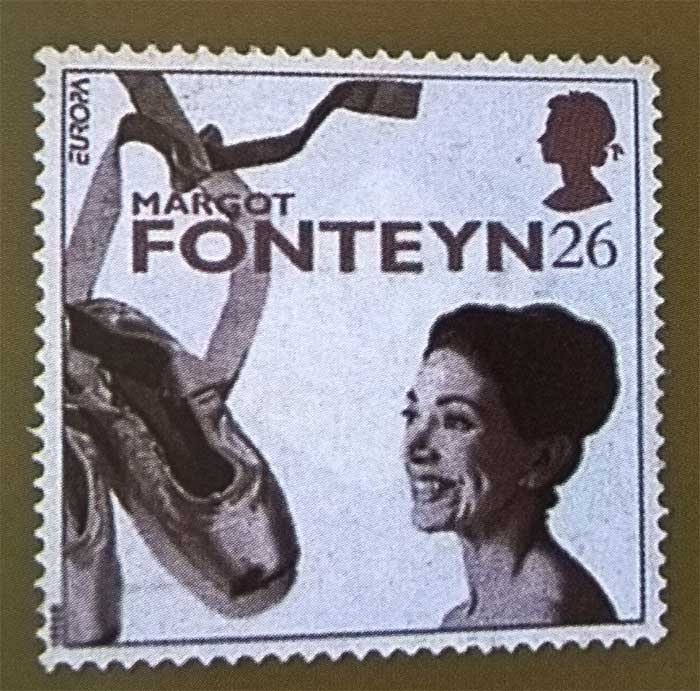 | Follow us |
 | Follow us |
| Bana, who graced the court of king Harsha (7th c AD), wrote two prose works, the Kadambari and the Harshacharita.
The former is a love-story and by virtue of its theme, it is freely
embellished with lively descriptions of the dance. The Harshacharita
is florid panegyric on the life and deeds of Harsha. It tells us,
for instance, that when the child Harsha was born, celebrations were
held where dancing girls performed “with the cries of anklets adding
music to their steps”, or that Harsha’s sister, the princess Rajyashree,
was brought up with daily lessons in dancing and singing. (‘Traditions of Indian Classical dance,’ Mohan Khokar, 1979, Chapter ‘Down the centuries’) |
| Bahubali (1690AD) is an important contributor as far as references of
dance sequences are concerned. In his Nagakumaracharitam, he depicts
vividly the dress and ornamentation of a dancer and the music band.
After pushpanjali, the dance continued to songs in the suladi talas,
followed by naganatya, varalakshmi and bhoga natya. At the time of
Bahubali, it appears that suladi talas, a musical composition, was very
well adapted in the dance recitals also. The singing and dancing of this
composition demands great skill in the manipulation of time measures.
Bahubali gives the information that the dance recital concluded by
kaivada prabandha, which more or less corresponds to the modern
thillana. (‘Classical dance heritage of Karnataka’ edited by Dr. Choodamani Nandagopal, chapter ‘Dance heritage of Karnataka,’ Dr. Choodamani Nandagopal, 2012) |
 (Courtesy ‘Dances of the world on postage stamps,’ Alkis Raftis) |